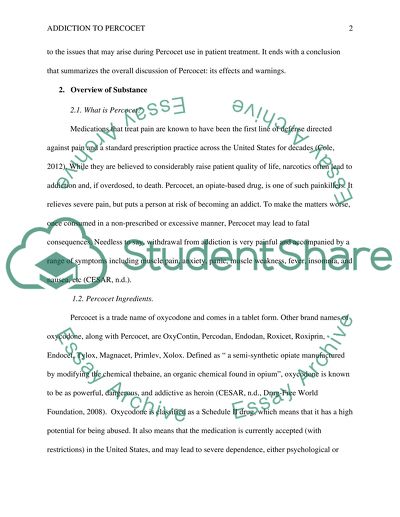Cite this document
(“Addiction to Percocet Essay Example | Topics and Well Written Essays - 1750 words”, n.d.)
Addiction to Percocet Essay Example | Topics and Well Written Essays - 1750 words. Retrieved from https://studentshare.org/nursing/1482491-addiction-to-prescription-medications-such-as
Addiction to Percocet Essay Example | Topics and Well Written Essays - 1750 words. Retrieved from https://studentshare.org/nursing/1482491-addiction-to-prescription-medications-such-as
(Addiction to Percocet Essay Example | Topics and Well Written Essays - 1750 Words)
Addiction to Percocet Essay Example | Topics and Well Written Essays - 1750 Words. https://studentshare.org/nursing/1482491-addiction-to-prescription-medications-such-as.
Addiction to Percocet Essay Example | Topics and Well Written Essays - 1750 Words. https://studentshare.org/nursing/1482491-addiction-to-prescription-medications-such-as.
“Addiction to Percocet Essay Example | Topics and Well Written Essays - 1750 Words”, n.d. https://studentshare.org/nursing/1482491-addiction-to-prescription-medications-such-as.


